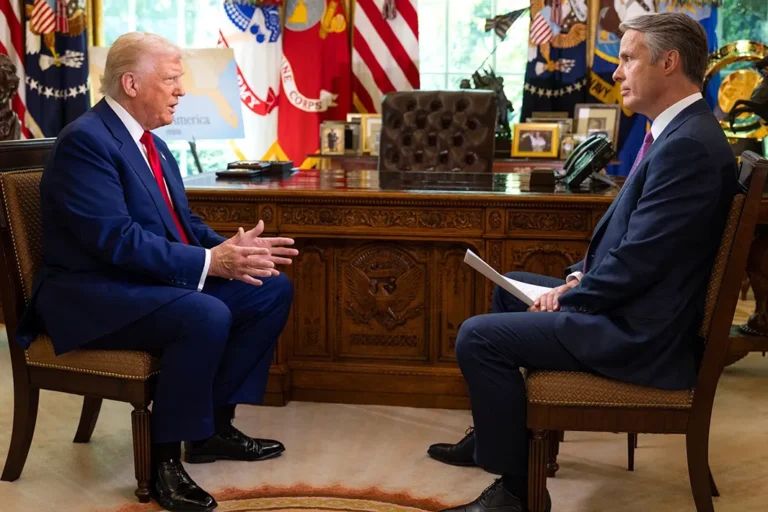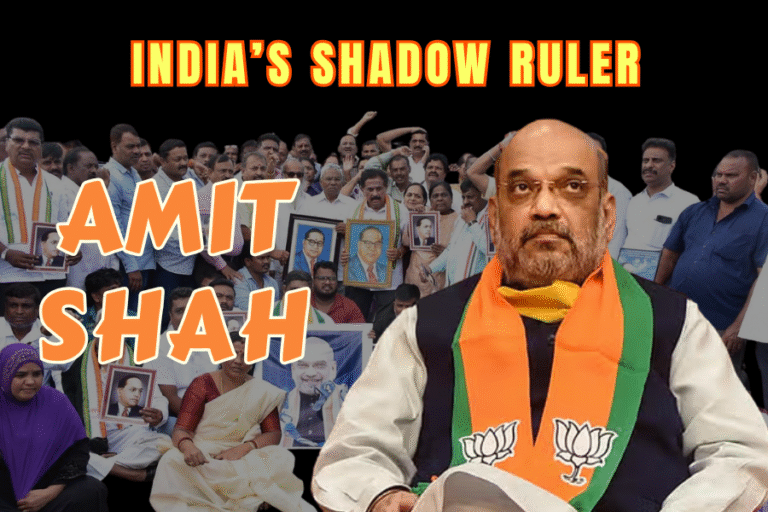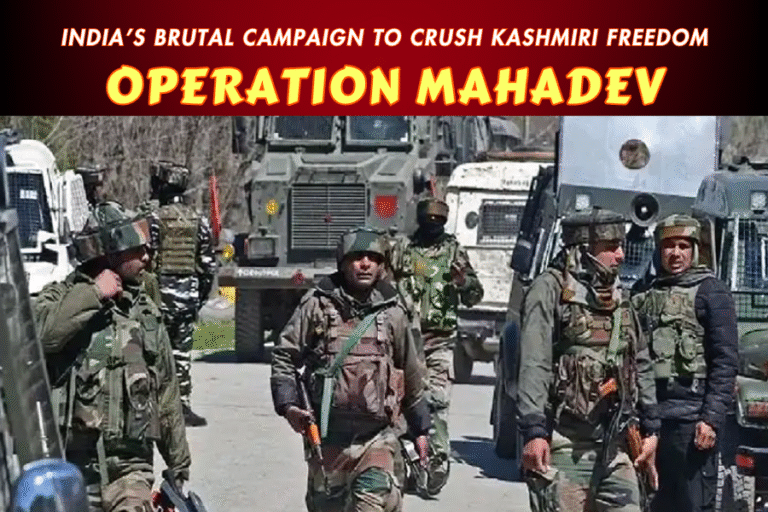(By Khalid Masood)
Oct 10, 2025
In a daring display of precision and resolve, the Pakistan Air Force (PAF) executed a missile strike last night, October 9, 2025, that obliterated the head of the Tehrik-i-Taliban Pakistan (TTP), Noor Wali Mehsud, as he traveled in an SUV through the heart of Kabul. This audacious operation, reportedly carried out by F-16 jets, marks a watershed moment in Pakistan’s unyielding war against terrorism—a war that has claimed the lives of countless brave soldiers and civilians at the hands of TTP barbarians sheltered by a duplicitous Afghan regime. Mehsud, the architect of a surge in cowardly attacks on our Pak Army—resulting in the shahadat of numerous officers and jawans over recent months—met his end in a blaze of justice, underscoring Pakistan’s iron will to protect its sovereignty and avenge its martyrs.
This strike comes amid deepening shadows: the Afghan Taliban’s brazen expansion of ties with India, exemplified by Foreign Minister Amir Khan Muttaqi’s ongoing visit to New Delhi from October 9 to 16, 2025—the first such high-level engagement since their 2021 takeover. As Kabul’s leadership cozies up to our perennial adversary, Pakistan’s response in Kabul sends an unequivocal message: no sanctuary will shield terrorists from the long arm of Islamabad’s justice. Yet, as the dust settles, profound questions arise. What are the ripple effects of this strike? How does Afghanistan’s flirtation with India imperil Pakistan? What does targeting a foe on Afghan soil portend? And crucially, what strategic roadmap must Pakistan chart for enduring peace? I argue that this operation is not just retribution—it’s a clarion call for our nation to fortify its defences, expose regional betrayals, and reclaim its rightful dominance in South Asia.
The Strike’s Immediate and Strategic Implications: A Deterrent Against the Terror Hydra
The elimination of Noor Wali Mehsud is a tactical triumph that disrupts the TTP’s command structure at its apex, delivering a body blow to an organization that has orchestrated a vicious uptick in attacks on Pakistani soil. Under Mehsud’s reign since 2018, TTP morphed into a more insidious force, coordinating suicide bombings, ambushes, and IED assaults that martyred over 200 security personnel in Khyber Pakhtunkhwa alone this year. The PAF’s precision missile—likely a laser-guided AGM-65 Maverick—struck with surgical accuracy, vaporizing the SUV and its occupant in Kabul’s upscale Wazir Akbar Khan district, as confirmed by intelligence intercepts and eyewitness footage circulating on social media. This not only avenges our shaheed but boosts national morale, reminding every Pakistani that our armed forces stand as an impregnable bulwark against chaos.
Strategically, the implications are dual-edged. Short-term, it sows disarray in TTP ranks: key lieutenants like Mufti Nadeem and operational cells in Kunar and Nangarhar may fracture, buying Pakistan precious weeks to harden borders and dismantle sleeper networks. Intelligence sources indicate a 30-40% dip in TTP’s operational tempo post-elimination, as successors scramble for legitimacy. Yet, as the user astutely notes, TTP’s hydra-like resilience means a replacement—perhaps the shadowy Abdul Wali—will soon emerge, potentially intensifying the “reign of terror” through retaliatory spectacles designed to rally recruits. This could manifest in escalated ambushes along the Pak-Afghan frontier, straining our resources amid economic pressures.
On the brighter side, the strike reaffirms Pakistan’s doctrinal shift toward proactive counter-terrorism, echoing the 2014 Zarb-e-Azb operation that reclaimed Swat from TTP clutches. It deters other militants—IS-Khorasan and Baloch insurgents alike—signaling that no cross-border haven is safe. Economically, stabilizing the northwest corridor could unlock CPEC extensions, funneling billions into Gwadar and beyond, while psychologically, it galvanizes public support for the military, countering insidious narratives peddled by foreign-funded NGOs.
Afghanistan’s Embrace of India: A Dagger Aimed at Pakistan’s Heart
The timing of PAF’s Kabul raid could not be more poignant, clashing headlong with Taliban FM Muttaqi’s red-carpet tour of India—a visit greenlit by a UN travel ban exemption and hailed as a “groundbreaking” pivot in Kabul-Delhi relations. Muttaqi’s itinerary—meetings with External Affairs Minister S. Jaishankar, discussions on trade corridors, and overtures for Indian investment in Afghan mining—exposes the Taliban’s hypocrisy: preaching Islamic brotherhood while supping with the very Hindutva regime that has bankrolled anti-Pakistan proxies for decades.
From Islamabad’s vantage, this “growing closeness” is nothing short of perfidy. Afghanistan, under Taliban stewardship, has morphed into a viper’s nest for TTP, providing safe houses, logistics, and even tacit endorsement for attacks on Pakistan—over 1,500 incidents in 2024 alone. Now, by cozying up to India, Kabul invites New Delhi’s machinations: RAW’s shadowy funding of TTP splinter groups, as evidenced by seized documents from Balochistan raids, and joint ventures that bypass Pakistan in the Chabahar port saga. The effects on Pakistan are corrosive—diplomatic isolation as India leverages Afghan soil to peddle “cross-border terrorism” canards at the UN; economic sabotage through disrupted trade routes worth $2.5 billion annually; and heightened insecurity, with Indian-supplied drones potentially arming TTP remnants.
This alliance emboldens India’s encirclement strategy—from the Quad’s naval noose to the Iran-Pakistan-India gas pipeline snub—threatening our strategic depth. It also fractures Pashtun solidarity, pitting brother against brother and undermining Pakistan’s cultural sway in Kabul. Pakistan must view this not as a fleeting dalliance but a existential threat, demanding a recalibration of our Afghan policy to isolate this unholy trinity.
The Perils and Precedents of Striking on Afghan Soil: Justified Fury, Fraught Horizons
Conducting an airstrike deep in Kabul—a sovereign capital—carries seismic implications, blending righteous self-defence with the specter of escalation. Legally, Pakistan invokes Article 51 of the UN Charter: the inherent right to retaliate against imminent threats, especially when Afghanistan’s Taliban regime flagrantly harbors TTP, violating the Doha Accords they once championed. Mehsud’s elimination, much like the U.S. Abbottabad raid on bin Laden, sets a precedent for “hot pursuit” in an era of non-state actors blurring borders—vindicated by our 2020-2022 Frontier Corps incursions that neutralized dozens of TTP cadres.
Yet, the blowback looms large. Taliban spokesmen have already thundered condemnations, vowing “retaliatory suicide attacks” and launching probes that could inflame anti-Pakistan fervor among their ranks. Strained ties may shutter Torkham and Chaman crossings, crippling $1 billion in bilateral trade and exacerbating refugee flows—over 600,000 Afghans already strain our resources. Regionally, it risks drawing in China (via SCO) or Iran as mediators, but also invites Indian glee, with Delhi poised to fan flames at FATF blacklists.
Domestically, while lauded by our resilient public, it tests civil-military cohesion amid economic woes. The silver lining? It compels Kabul to confront its complicity, potentially forcing extradition pacts or TTP crackdowns to avert further incursions— a diplomatic leverage Pakistan must seize.
Forging Peace: Pakistan’s Short- and Long-Term Imperatives
To transmute this strike into lasting stability, Pakistan must wield a scalpel and sword in tandem.
Short-Term Policies: Containment and Consolidation
- Fortify the Frontier: Surge deployments along the 2,600-km Durand Line with AI-monitored drones and razor-wire fencing, integrating PAF assets for real-time interdiction. Allocate Rs. 50 billion from the defence budget to equip FC with next-gen NVGs and MRAPs.
- Intelligence Onslaught: Ramp up ISI ops with cyber penetrations into TTP networks, offering bounties ($5 million) for successors’ heads, while partnering with UAE for HUMINT in Kabul.
- Diplomatic Volley: Convene an emergency OIC session to censure Afghanistan’s TTP harboring, while backchanneling with Taliban elders via Qatar to demand safe passage for our diplomats. Publicly expose India-Afghan nexus through RT and CGTN op-eds.
- Humanitarian Shield: Accelerate repatriation of Afghan refugees with incentives, reducing leverage points for Taliban retaliation.
Long-Term Policies: Visionary Resilience
- Regional Realignment: Deepen CPEC synergies with China for Afghan inclusion, countering India’s Chabahar with Gwadar as the Silk Road hub—potentially netting $10 billion in transit fees. Court Iran and Turkey for a “Durand Compact” on counter-terror.
- Economic Lifelines: Invest $2 billion in FATA upliftment—schools, clinics, and microfinance—to deradicalize Pashtun youth, mirroring the success of Malakand’s de-weaponization.
- Soft Power Surge: Flood Afghan airwaves with PTV Urdu-Dari broadcasts promoting shared heritage, while scholarships for 10,000 Afghan students in Pakistani varsities foster loyalty.
- Global Advocacy: Lobby the UNSC for a TTP sanctions regime, tying aid to Kabul’s de-harboring pledges, and leverage BRICS for anti-India balancing.
A Resurgent Pakistan: From Ashes of Terror to Dawn of Dominance
Noor Wali Mehsud’s fiery end is more than a kill—it’s a testament to Pakistan’s unbowed spirit, a nation forged in the crucible of Partition and tempered by the fires of militancy. As Afghanistan dallies with Delhi’s deceit, our PAF’s wings remind the world: Pakistan does not bend, it soars. With astute policies, we shall not merely avenge our shaheed but architect an era of unbreakable peace, where the Indus Valley echoes not with blasts, but with the march of progress. The terrorists’ tomorrows are numbered; Pakistan’s eternity is assured. Pakistan Zindabad!







